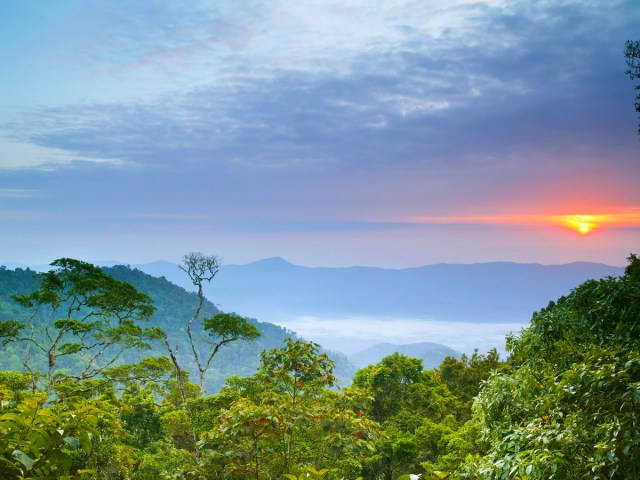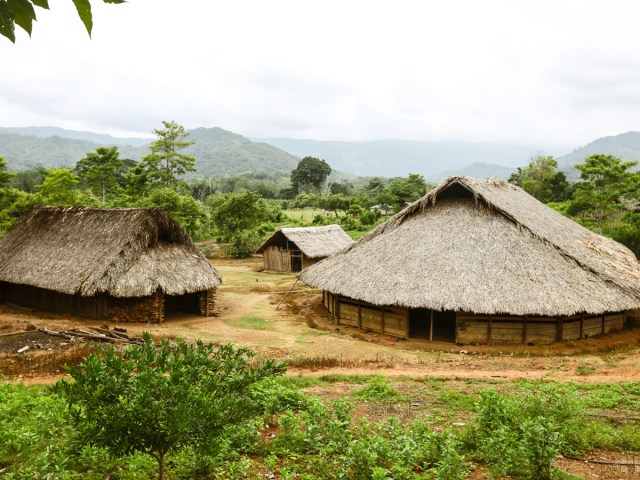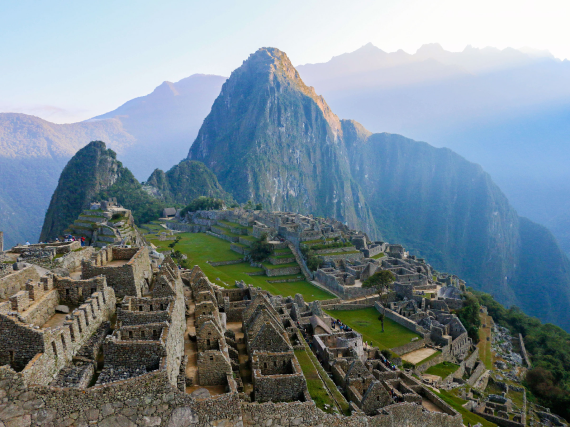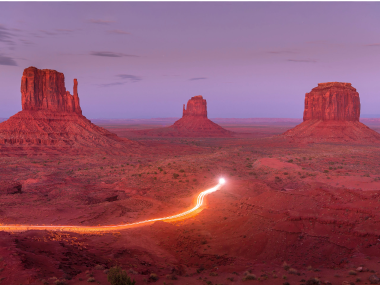While North America and South America are regarded as individual continents, they are technically one continuous landmass interconnected by the Isthmus of Panama. And the Pan-American Highway — the world’s longest road — stretches from Alaska to the tip of Argentina. However, the Pan-American Highway isn’t truly a continuous road, and it’s impossible to drive uninterrupted between the two continents. That’s because of a curious natural wilderness on the border of Colombia and Panama known as the Darién Gap.
The Darién Gap

The Isthmus of Panama ends at the western border of Colombia. Here, you’ll find a 60-mile-wide swath of dense jungle, swamps, and mountains called the Darién Gap. Isolated from the modern world, it’s a place of Indigenous tribes, rare plants, and menacing wildlife species. The Emberá and Kuna tribespeople have called it home for centuries. Food is, at times, scarce, and many live off local crops such as bananas, cassava, and maize. But one thing you won’t find here? Roads. Instead, inhabitants and those who pass through get around via footpaths and (often crocodile-inhabited) rivers.
A lack of roads would be an obvious stumbling block for most, but for some, it’s the challenge of a lifetime. Adventurists have been trying to drive across the Darién Gap for years, although not in the conventional way. To complete the voyage, many had to rely on ferries and rafts for at least part of the journey.
The first successful overland crossing was in 1960 by Richard E. Bevir from the U.K. and Terence John Whitfield from Australia. The duo embarked on their Trans Darien Expedition in a 4×4 Land Rover and Jeep from Chepo, Panama, on February 3 that year. They didn’t reach Quibdo, Colombia, on the other side of the gap until June 17 — averaging just 220 yards per hour.
Only a handful of other people have successfully completed the journey since, including famed British explorer John Blashford-Snell in 1972, who completed the first road trip from the northernmost point in Alaska to Cape Horn on the tip of South America, via the Darién Gap.
Why Not Build a Road?

To make a road connection between Panama and Colombia only requires the construction of a 66-mile-long highway. While this sounds like a simple solution in today’s high-tech world, the reality is far more complicated. A combination of dense rainforest and jungle, swampland, and mountains makes the Darién Gap incredibly difficult to develop. This means there’s no straightforward and cost-effective way to transport materials in. Unbearable working conditions due to searing heat and the threats of disease and violence at the hand of criminal groups are other major issues.
There are plenty of people against the highway, too. The Eberá and Kuna tribes believe that a highway would disrupt their lives and be detrimental to their cultures. It would also cause immense damage to their home and one of the world’s last great pristine ecosystems. In fact, attempts in 1971 and 1992 were halted because of negative environmental damage reports.
And despite the vast dangers of traversing this inhospitable region, in recent years hundreds of thousands of migrants and asylum seekers on their way to the U.S. have taken to the Darién Gap by foot, creating a vast humanitarian crisis in the region.
Will the Pan-American Highway Ever Be Completed?

In the early 1900s, a plan was introduced for an interlinking system of highways from Prudhoe Bay, Alaska, to Ushuaia, Argentina, which became today’s Pan-American Highway. It covers some 29,000 miles and passes through 14 countries.
Yet, the highway remains incomplete because of the Darién Gap. Drive from the north and you’ll come to an abrupt end in the remote Panamanian village of Yaviza. Arrive from the south and your journey will finish at Turbo, a port city on Colombia’s Caribbean coast.
Still, a number of hypothetical plans have been put forward as potential solutions. One is to extend the highway from Yaviza to the Caribbean coast and open a ferry link to Turbo. Another is to erect bridges over the more delicate areas of the ecosystem. For the foreseeable future, however, the only realistic way to get between the two continents is by boat and air travel.
Featured image credit: picturist/ iStock via Getty Images Plus
More from our network
Daily Passport is part of Inbox Studio, which publishes content that uplifts, informs, and inspires.
















